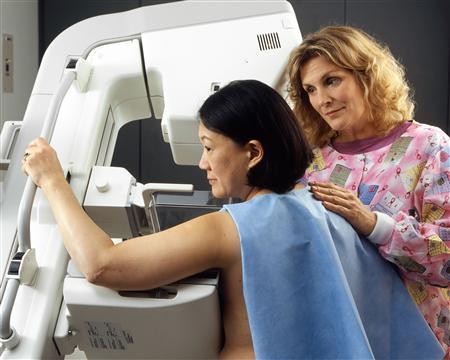A new study has learned that the use of breast cancer mammograms to screen for the deadly disease has resulted in medical treatments that have been ineffective in saving lives. Rather than the diagnostic tool detecting large cancer tumors at an early stage, the screening mammograms have found early-stage small, harmless masses.
The researchers from Dartmouth and Harvard Univ. studied the registry records from 547 countries throughout the United States. The x-ray tests have found mostly tumors that would have stayed harmless if untreated, yet have resulted in over-diagnosis, according to The Los Angeles Times.
Medical researchers reviewed data from the National Cancer Institute (NCI). The counties included in the study reported the percentage of women at least 40 years old who received a screening mammography between the years 1998 and 2000.
Over 16 million total women lived in the counties. About 53,200 received a breast cancer diagnosis in 2000, and were then tracked for the next decade.
During the 10-year period, 15 percent of the women died due to breast cancer. Another 20 percent passed away because of other causes.
The screening rate in the various counties ranged from 39 to 78 percent. More overall screening in counties usually resulted in lower rates of breast cancer fatalities.
However, the researchers found no link between the screening rate and cancer mortality. A 10 percent screening rate increase resulted in 16 percent more breast cancer cases.
Nevertheless, the majority of the cancer tumors detected were less than 2 centimeters (.79 inches) across. A higher ratio of large tumors was not detected.
The cancer study also discovered that more screening was linked to a higher rate of early-stage breast cancers. However, the rate of later-stage tumors was unchanged.
Researchers stress the point that over-diagnosis is happening in populations, but not in individuals. Furthermore, the best rate of screening mammograms is not "zero."
Every year, around 230,000 American women are diagnosed with breast cancer, according to Huffington Post. About 40,300 U.S. women are projected to die from the disease in 2015.
The new study was published July 6, Monday in the journal JAMA Internal Medicine.



























